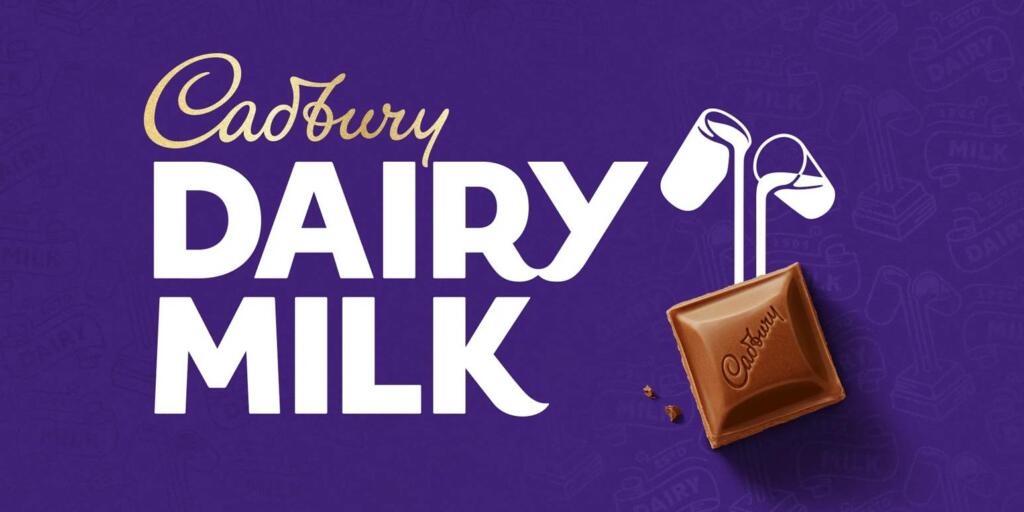Cadbury Dairy Milk is arguably world’s most selling chocolate and one of the oldest also. Started in 1905, almost 117 years ago, Cadbury Dairy Milk is the most popular chocolate brand in many countries including India. Cadbury, the parent company of the confectionary maker, was started in 1824, almost two centuries ago.
John Cadbury, a Quaker and English proprietor, tea and coffee trader and founder of Cadbury, came up with the idea to sell chocolate shake to everyone, not just children. First, he targeted the alcoholic people with the claim that chocolates will help quit alcoholism. Whether the claim was right on the scientific level or not is debatable but this was a great marketing idea. And given the good/addictive taste of chocolates, the product became a common consumption item.
Cadbury has always been known for its innovative marketing techniques. In March 2011, Cadbury India Ltd., the leader in the Indian chocolate market, came out with a new advertisement campaign, ‘Khane ke baad, meethe mein kuch meetha ho jaye’ (After a meal, let’s have something sweet), for its main brand Dairy Milk chocolate. The campaign was a massive hit and Cadbury’s chocolates started finding place in the refrigerators of middle-class household.
Although the company had to face many negative publicity campaigns also as doctors suggested that the cavity in children is due to chocolates. Many other health-related issues, especially among the children, were ascribed to chocolates, although the scientific community is divided over its impact on health.
However, despite the negative publicity that it received, Cadbury never gave up and the product was marketed again and again as a greeting gift, dessert, festival gift and whatnot. The company also marketed its high-end chocolates as a symbol of affection between the adults and given the exponentially rising sales of these, one can argue that most of its campaigns worked well.
The company sought to capture the market for sweets and to make Dairy Milk a substitute for traditional Indian sweets. Given the large Indian sweets market, especially in Northern, Eastern, and Western parts of the country, Cadbury knew well that even if it is able to capture double-digit of that market, it will be a huge revenue gain for the company. With this in mind, Cadbury ran two parallel campaigns – ‘Shubh Aarambh’ (Auspicious beginning) and ‘Meethe mein kuch meetha ho jaye’ (Let’s have something sweet for dessert). Along the way, however, the company also had to face and overcome certain issues.
Dairy Milk is a popular chocolate brand in India and it also came out as the number one most trusted brand in Mumbai in the 2005 edition of Brand Equity’s survey of most trusted brands. In the following years, though it remained on the list of most trusted brands, its position wasn’t too high. In 2011, it was ranked 45th.
Although, the company is based in UK, a significant chunk of Cadbury Plc.’s business is generated from the emerging markets. Euromonitor International, a research firm based out of London, had reported that Cadbury Plc. derived 38% of its sales revenue from the developing markets. Its Indian subsidiary, Cadbury India, was a confectionery giant in its own rights. Cadbury’s Dairy Milk has become a default name for chocolates in rural areas and aspirational towns where purchasing power earlier was not enough to go beyond ‘toffee’ and this tells us about the kind of success the company has been able to achieve due to it.
